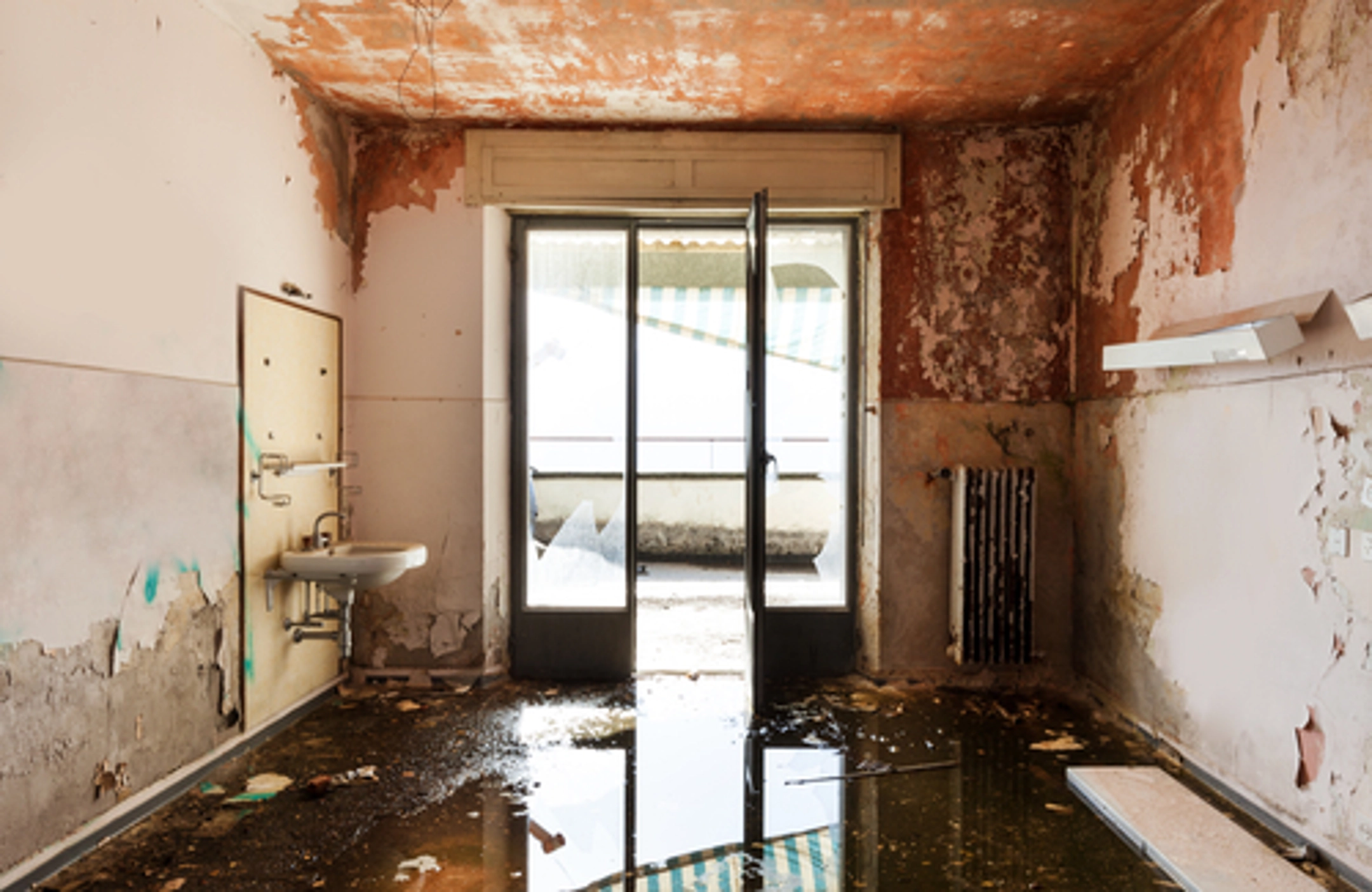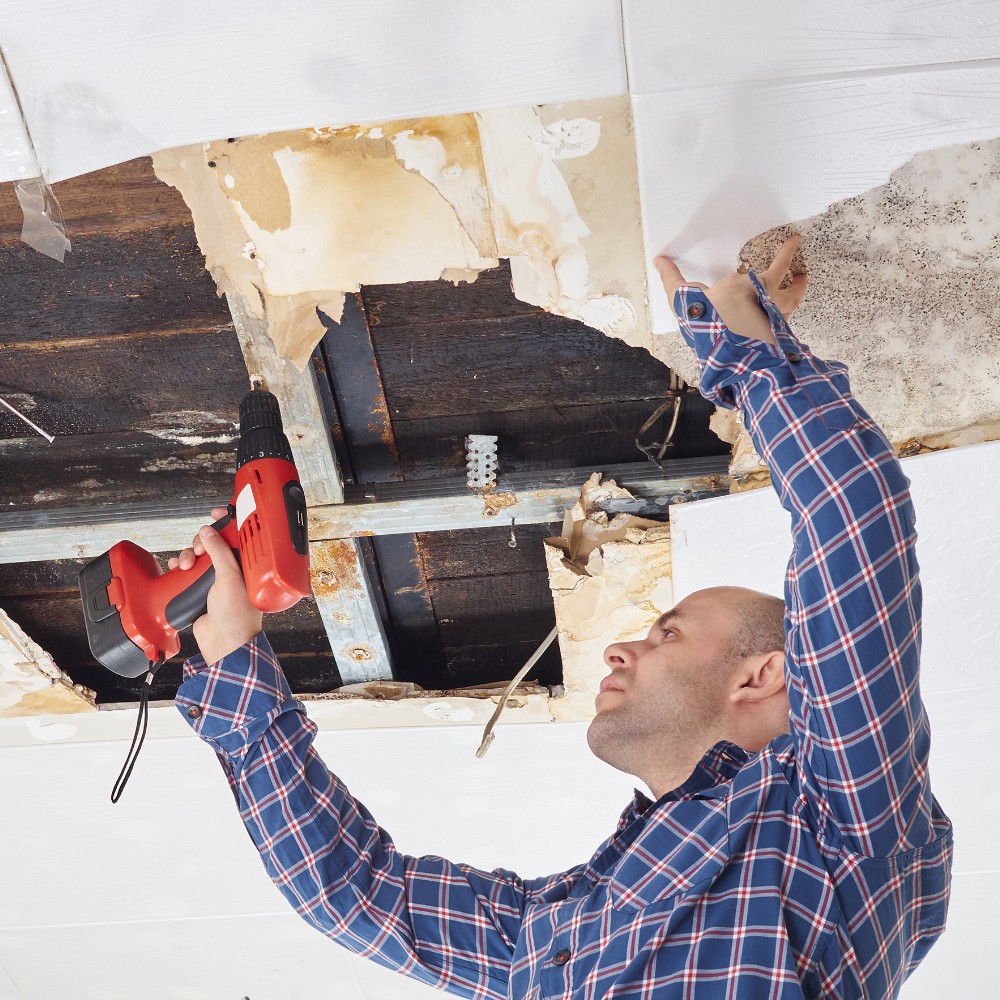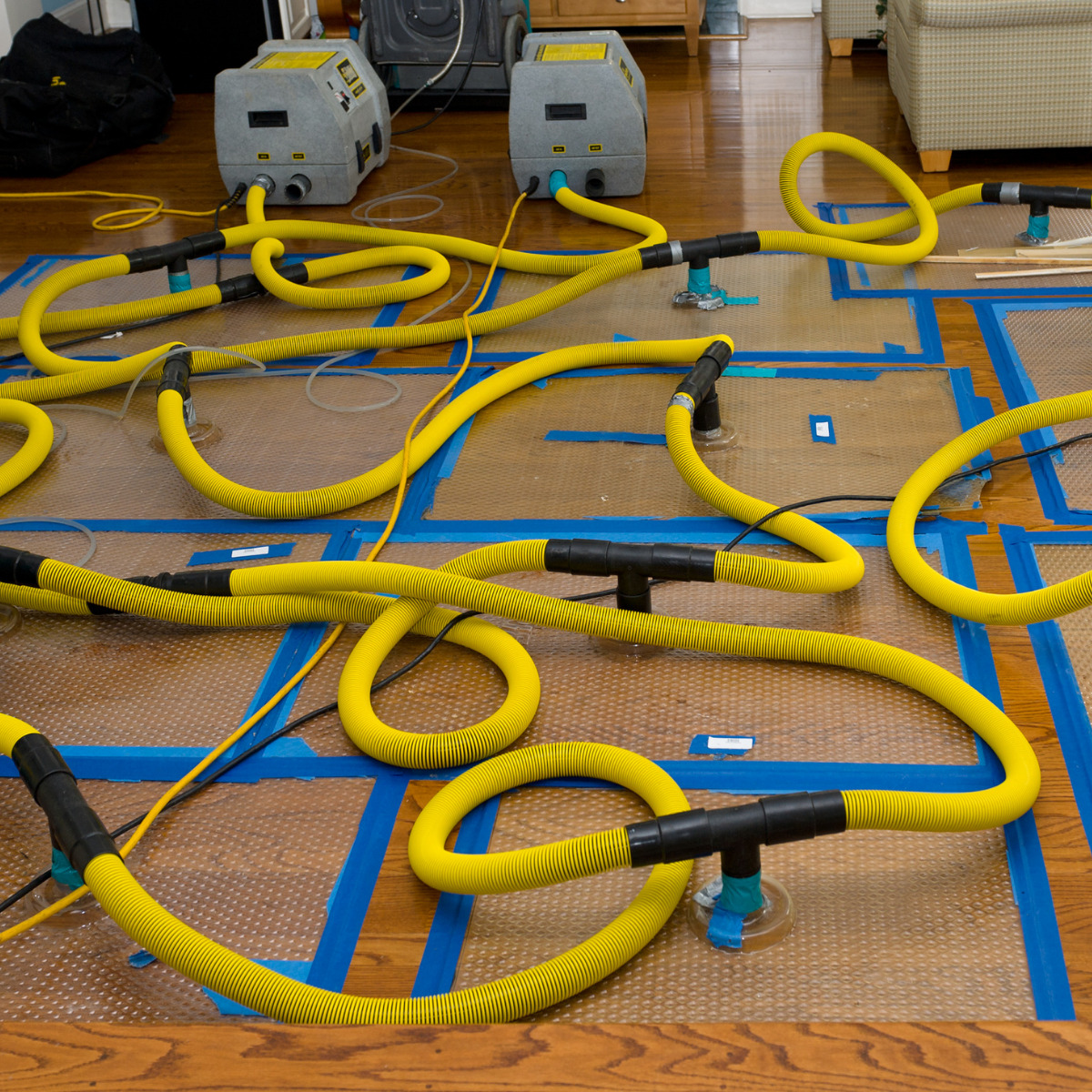The Real Cost of Skipping Timely Water Damage Repair
The Total Overview to Navigating the Difficulties of Water Damage Reconstruction
Water damage can strike suddenly, leaving you with a daunting mess to tidy up. Recognizing the causes and assessing the extent of the damages is necessary. Your prompt actions can make a substantial distinction in the result. But what steps should you take first, and just how can you assure you're shielded relocating onward? The responses depend on a thorough approach to restoration that every house owner should understand.

Understanding the Reasons For Water Damages
Water damage can strike suddenly, frequently leaving you scrambling to deal with the consequences. Comprehending the sources of water damage is necessary for prevention. Flood Damage Restoration. Typical culprits include leaking roofings, burst pipelines, or malfunctioning appliances. You may likewise experience problems with your pipes systems, like blocked drains or sewage backups, which can lead to significant water breach. Weather-related occurrences, such as heavy rainfalls or flooding, can also damage your building. In addition, the age of your home plays a role; older frameworks often have weakening products that are much more vulnerable to leaks and damages. Even minor concerns, like condensation from a/c systems, can accumulate and create problems over time. By recognizing these potential sources of water damage, you can take positive steps to guard your home and reduce future risks. Staying notified will certainly encourage you to recognize early signs and act quickly when troubles occur
Assessing the Level of the Damages
Examining the extent of the damages is vital for determining the proper reaction once you have actually identified a possible water damage issue. Begin by examining the affected areas completely. Look for visible signs like water spots, distorted floorings, or peeling off paint. Do not neglect to inspect covert areas, such as behind wall surfaces or under carpets, where dampness may linger.Next, identified the kind of water entailed-- clean, gray, or black-- given that this affects the severity of the damages and essential removal steps. Make use of a dampness meter to gauge moisture levels in floors and wall surfaces, aiding you recognize remaining dampness that might result in mold and mildew growth.Document everything with pictures and notes, as this information can be essential for insurance coverage cases. By properly reviewing the damage, you'll be much better outfitted to select the best repair approach and avoid more problems down the line.
Immediate Steps to Take After Water Damage
After experiencing water damage, the very first point you require to do is evaluate the scenario meticulously. Prioritizing your safety and security is essential, so see to it the area is safe prior to taking any kind of additional actions. Do not neglect to record every little thing thoroughly, as this will certainly be crucial for insurance cases and repair efforts.
Analyze the Damage
Evaluating the damage promptly is necessary for decreasing the influence of water breach. Start by evaluating the influenced areas to establish the degree of the water damages - Smoke Damage Restoration. Try to find visible indicators like soaked rugs, deformed floors, and stained walls. Inspect for surprise water, also, specifically in crawl rooms and behind home appliances. Utilize a dampness meter if you have one, as it can aid pinpoint areas that need attention. Record whatever with photos and notes; this will certainly work for insurance policy claims. Remember to examine your personal belongings as well-- furnishings and personal items may need expert cleansing or disposal. By recognizing the level of the damage, you can make enlightened choices about the following steps in the reconstruction process
Focus On Safety First
Comprehending the level of water damage is simply the start; your security comes first. Prior to you enter a water-damaged area, make sure to shut off the electrical power and gas supply to avoid any kind of hazards. Use safety gear, including boots and handwear covers, to secure on your own from pollutants. Be cautious of architectural instability-- wall surfaces, floors, or ceilings might have deteriorated. If the water is originating from a sewer resource, stay clear of contact and phone call specialists for aid. Maintain youngsters and family pets away from the affected area. If you smell gas or see electrical triggers, leave quickly. Remember, prioritizing your safety and security warranties you can efficiently deal with the damage without risk to your health. Constantly err on the side of care.
Record Everything Completely
As you begin resolving water damages, recording whatever completely is crucial for both insurance policy cases and repair initiatives. Begin by taking clear photographs of the impacted areas, capturing the degree of the damage. Make certain to note the date and time of the case. Develop a list of damaged things, including furniture, home appliances, and more info personal possessions, in addition to their estimated worths. Record any kind of actions you take, like calling specialists or moving things to avoid additional damage. Keep all invoices and receipts connected to the remediation procedure. When filing a claim and assist the restoration group comprehend the circumstance much better, this documents will certainly strengthen your situation (Flood Damage Restoration). Keep in mind, comprehensive documentation can make a substantial distinction in your recuperation journey

Protecting Against and reducing additional concerns Mold Development
When water damage occurs, acting promptly can substantially decrease the threat of more issues, especially mold and mildew development. Eliminate any standing water using pumps or damp vacuum cleaners. Next, completely dry out the affected areas extensively. Open home windows, make use of followers, and consider dehumidifiers to speed up the drying procedure. Go for a humidity level below 60% to prevent mold spores from settling.Inspect all products and surface areas influenced by water; discard anything that can't be effectively dried, like drenched carpets or drywall. Tidy and disinfect remaining surface areas with a mixture of water and detergent, or a specialized mold-preventive solution.Keep an eye on the area over the next couple of weeks. If you discover any mildewy scents or staining, address it right away. Bear in mind, prompt action not just avoids mold and mildew development however likewise safeguards your residential property and health and wellness.
Dealing With Water Damages Repair Professionals
After taking prompt steps to mitigate water damage and prevent mold growth, it's time to consider specialist help. Water damage repair professionals have the know-how and tools required to handle comprehensive damage effectively. When you get to out, be prepared to define the situation in detail. This aids them assess the extent of the damages and prepare accordingly.Once they arrive, expect a detailed examination and a comprehensive strategy for restoration. They'll make use of specialized devices to extract water, completely dry out affected areas, and sterilize your area. Don't hesitate to ask concerns throughout the process; understanding their techniques can reduce your concerns.You must additionally talk about timelines and what to expect at each phase of the repair. Working together freely with these experts assurances you remain informed and involved, aiding you regain your room much more efficiently. Trust fund their expertise, and you'll see your home go back to its pre-damage condition.
Browsing Insurance Claims for Water Damage
Maneuvering insurance cases for water damage can really feel overwhelming, particularly if you're not familiar with the process. Initially, review your insurance plan to understand what's covered. Search for specifics on water damage, as not all plans treat it the exact same. Record the damages extensively-- take images and make notes regarding what took place and when.Next, contact your insurance coverage supplier quickly. Record the damage and give them with your documents. They'll designate an insurer to examine the situation. Be prepared to answer concerns and supply extra information as needed.Stay arranged throughout the process. Maintain a document of all interactions, including days, names, and information of conversations. If your claim is refuted or you feel it's inadequate, don't hesitate to appeal. Know that persistence can pay off, so advocate for on your own to assure you get the protection you're entitled to.
Tips for Future Water Damage Prevention
To maintain your home risk-free from water damage, normal maintenance checks are vital. Don't forget the value of mounting water discovery systems, as they can signal you to leakages prior to they come to be major concerns. By remaining aggressive, you can conserve on your own time, cash, and stress down the roadway.
Regular Maintenance Checks
While it may seem tiresome, carrying out routine upkeep checks can greatly reduce the threat of future water damage in your home. Beginning by examining your roof covering for missing leaks or roof shingles; also tiny issues can intensify promptly. Check rain gutters and downspouts to guarantee they're clear and directing water away from your structure. Look for signs of wetness in cellars or crawl rooms, and address any type of leakages from pipelines or devices quickly. Keep in mind to test your sump pump frequently to verify it's operating properly. Don't ignore your cleaning device tubes; replace them every few years to avoid ruptured calamities. By remaining aggressive with these checks, you'll conserve on your own time, money, and anxiety in the future.
Install Water Detection Solutions

Often Asked Inquiries
How much time Does the Water Damages Reconstruction Refine Typically Take?
The water damages restoration process usually takes anywhere from a few days to several weeks, depending on the level of the damages. You'll intend to act rapidly to minimize additional problems and speed up the process.
Can I Stay in My Home During the Restoration Process?
You can stay in your home during the restoration procedure, however it relies on the level of the damage. If it's serious, it's more secure to briefly transfer till the work's completed and your home's secure.
What Individual Things Can Be Salvaged After Water Damage?
After water damage, you can often recover things like garments, publications, and electronics, provided they're not saturated or moldy. Always evaluate their condition promptly and speak with experts for advice on remediation and security.
Are There Any Kind Of Do It Yourself Approaches for Bring Back Water-Damaged Items?
Yes, you can utilize do it yourself methods to bring back water-damaged things. For furnishings, air-dry and use a timber conditioner. For fabrics, wash them extensively and air-dry. Constantly inspect for mold and mildew before attempting any kind of reconstruction.
Exactly How Can I Recognize Hidden Water Damage in My Home?
To determine surprise water damage, check for water spots on wall surfaces and ceilings, pay attention for leaking audios, really feel for moisture in materials, and analyze locations near plumbing for signs of mold and mildew or mold development. Once you've determined a potential water damages problem, examining the extent of the damage is necessary for determining the ideal action. As you begin addressing water damages, documenting everything completely is important for both insurance policy cases and remediation efforts. Water damages restoration professionals have the competence and equipment needed to take care of extensive damages effectively. Installing water discovery systems can be a game-changer for protecting against future water damage in your home. The water damage restoration process generally takes anywhere from a few days to numerous weeks, depending on the degree of the damage.